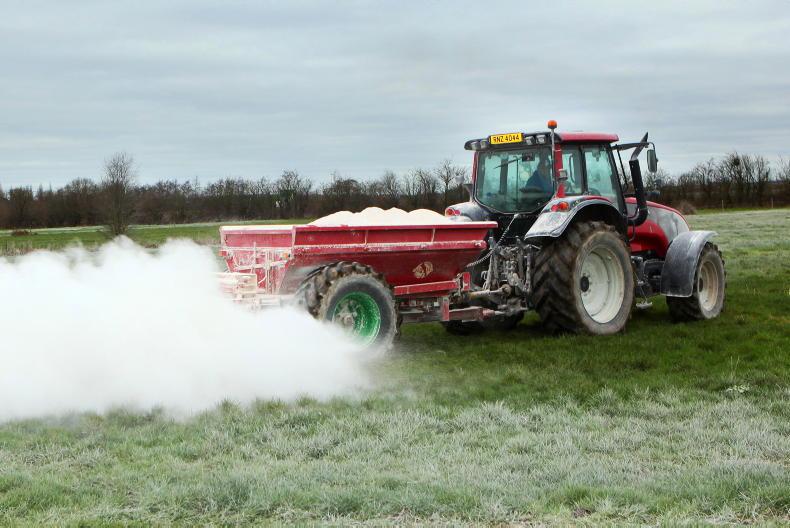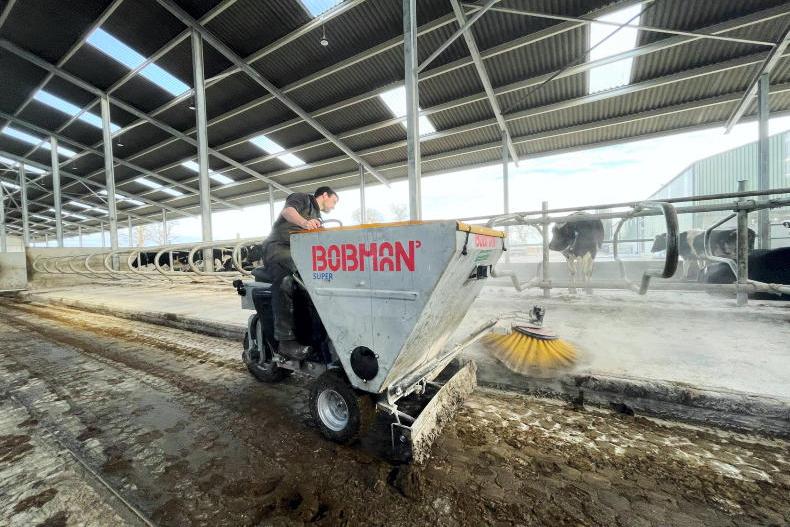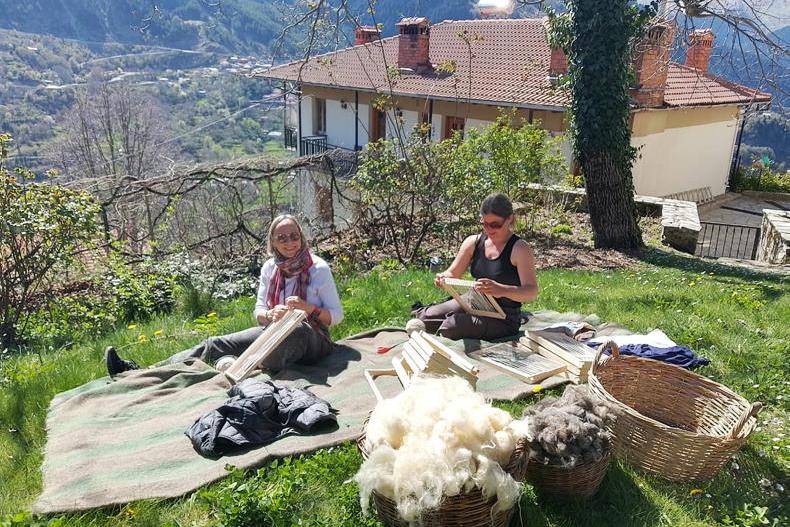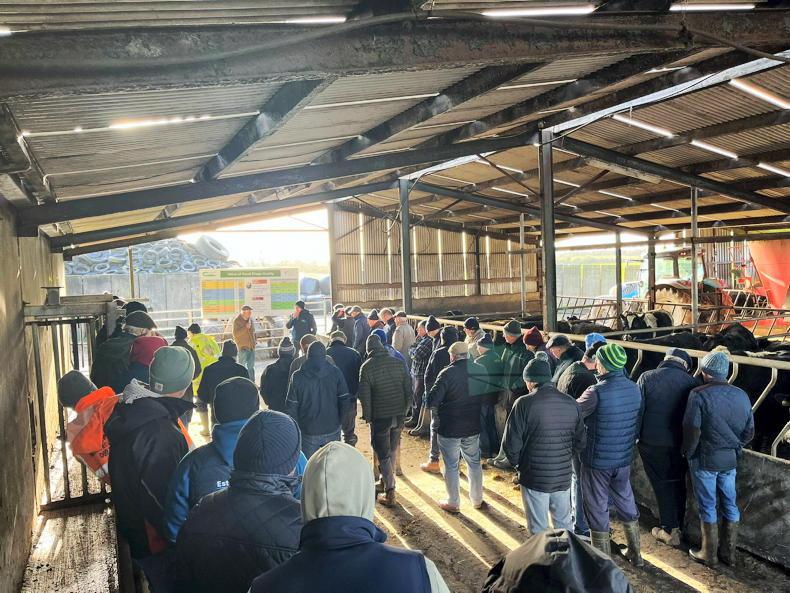As fertiliser prices show no sign of easing, farmers need to continue to find ways of becoming more efficient with nutrients.
In 2021 lime use increased by 50% to 1.33m tonnes. Farmers across the country turned to lime to improve their soil’s fertility.
Lime application is the cheapest and easiest way to improve nutrient use efficiency as it will correct soil pH.
If soil pH is not at optimum levels then the soil will not work to its best and it needs lime to be applied to correct this problem.
Soil testing is essential and is also a very cheap investment to make on farm. If you have a recent soil test then you can look at your soil pH and usually the soil test will tell you how much lime to apply; if not, check with your adviser.
It is important to note that lime can also be applied on organic farms and will help to release nutrients from the soil, so it is very important to consider application on these farms.
It can be applied at any time of the year provided grass covers are low and rain will wash it in, so that the lime is not taken into silage or is lying on grass at grazing.
On a tillage field or a reseed there is a great opportunity to incorporate the lime into the soil.
It can be applied to stubbles or ploughed ground and applications can be split where a lot of lime is needed.
Calcium or magnesium lime
Advice on calcium or magnesium lime is generally to go with the lime type that is local to you. If you are in a low-magnesium area it might be worth testing the magnesium of your soil. If it’s less than 50mg/l then magnesium limestone might be a good idea.
Granulated lime
Granulated lime can be useful where the soil pH needs to increase quickly. For example, if you need to increase soil pH before a legume crop. However, it often isn’t as long-lasting and it is more expensive.
Lime and urea or slurry
If you have applied lime you must wait at least three months and up to six months before applying urea or slurry as the lime causes ammonia to be lost to the atmosphere. This causes pollution and it also means that nitrogen is being lost, which is of course an expensive input.
Protected urea can be spread after lime is applied and should be used in the summer months either way.
You may apply the slurry or urea to land and then apply the lime approximately 10 days later. However, as it is summer at present, nitrogen losses will generally be higher than usual from slurry so applying that slurry on a damp and dull day is essential.
How fast will it work?
Lime will start to work straight away. Fine lime works quickly. In the case of ground limestone, approximately one-third will be made of very fine particles which will start to work quickly.
The remaining lime will work over the next months and years to build and maintain soil pH levels. If soil pH is very low,it might be worth soil sampling again two years after lime application to see where levels are at.










SHARING OPTIONS